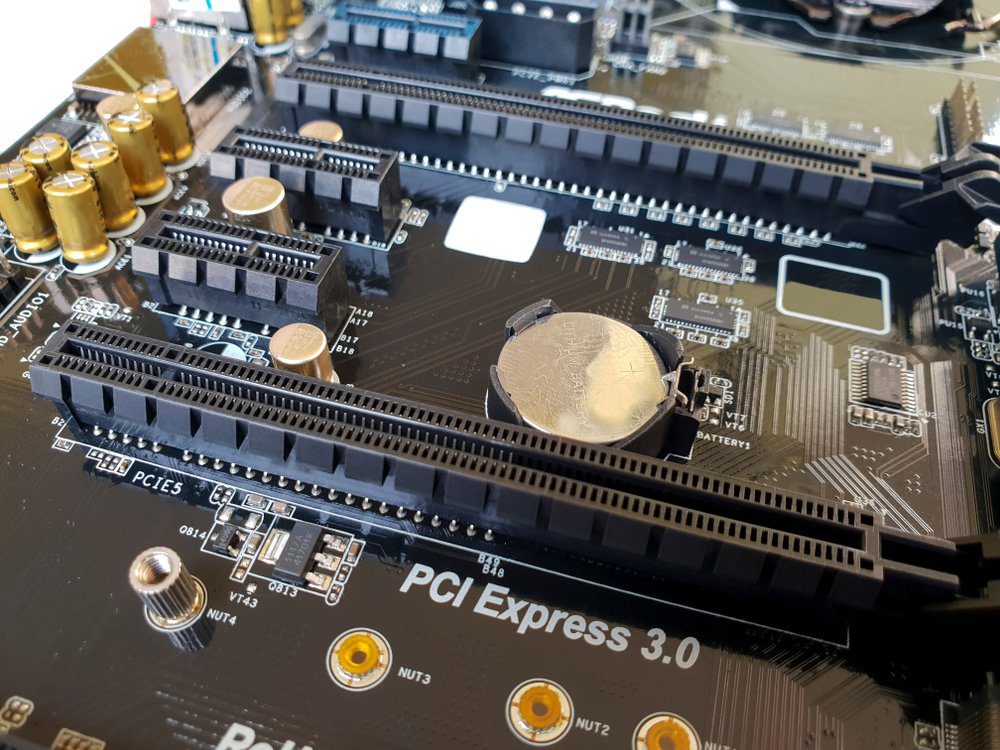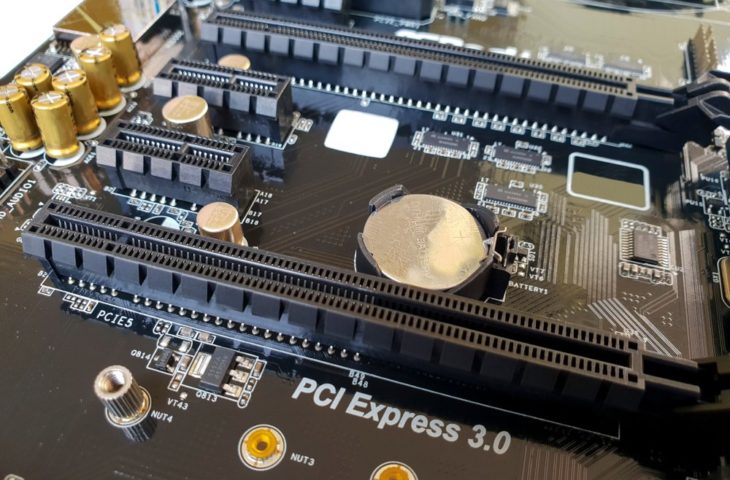PCIe 7.0 will launch in 2025 with speeds of up to 512 Gbit/s
- April 8, 2024
- 0
The first official draft specification of the PCIe 7.0 standard is ready and meets expectations. PCIe 7.0 is expected to enable speeds of up to 512 Gbit/s, but
The first official draft specification of the PCIe 7.0 standard is ready and meets expectations. PCIe 7.0 is expected to enable speeds of up to 512 Gbit/s, but


The first official draft specification of the PCIe 7.0 standard is ready and meets expectations. PCIe 7.0 is expected to enable speeds of up to 512 Gbit/s, but is not expected to be in circulation until 2027.
PCIe 3.0 was introduced in 2010 and remained the standard for seven years, but as of 2017 the standard appears to have awakened from a long slumber. PCIe 4.0 had not yet been fully released and PCIe 5.0 had already been finalized. This faster standard is rolling out today, while PCIe 6.0 specifications were set in early 2022. We can look forward to PCIe 7.0 in 2025: The PCI SIG consortium has completed the first draft of the standard. There will still be some time between the introduction of the final standard and its availability in hardware.
The Periphal Component Interconnect Special Interest Group (PCI SIG) wants to double the speed of PCIe 6.0. Each PCI 7.0 lane therefore has a bandwidth of 16 GB/s in each direction, good for 32 GB/s in total or 512 GB/s across 16 PCIe lanes.
This means that PCIe appears to be ahead of current requirements. Today, PCIe 4.0 is the most ubiquitous. This standard has a total bandwidth of 4 GB/s per lane, which is still more than enough for most applications. Only super-fast SSDs get the best out of the standard. With PCIe 5.0 there will be even more scope. Subsequent standards must wait for hardware that can maximize capacity. Despite the standard being finalized in 2022, PCIe 6.0 processors are not yet available and the standard is a rarity in practice.
PCIe 7.0 becomes particularly interesting in the context of data centers, where the standard enables high-speed flash storage. Once PCIe 7.0 is completed in 2025, it will likely be another year or two before new CPUs support it, giving manufacturers about five more years to release hardware that takes advantage of PCIe 7.0’s massive transfer speeds can.
The rise of AI, and especially AI accelerators, makes the rapid development of PCIe more important than ever. While for years the information highway was wide enough to support even the fastest components, manufacturers like Nvidia are now building chips that benefit from faster PCIe connections.
This article was originally published on June 23, 2022. The text has been updated with the latest information.
Source: IT Daily
As an experienced journalist and author, Mary has been reporting on the latest news and trends for over 5 years. With a passion for uncovering the stories behind the headlines, Mary has earned a reputation as a trusted voice in the world of journalism. Her writing style is insightful, engaging and thought-provoking, as she takes a deep dive into the most pressing issues of our time.